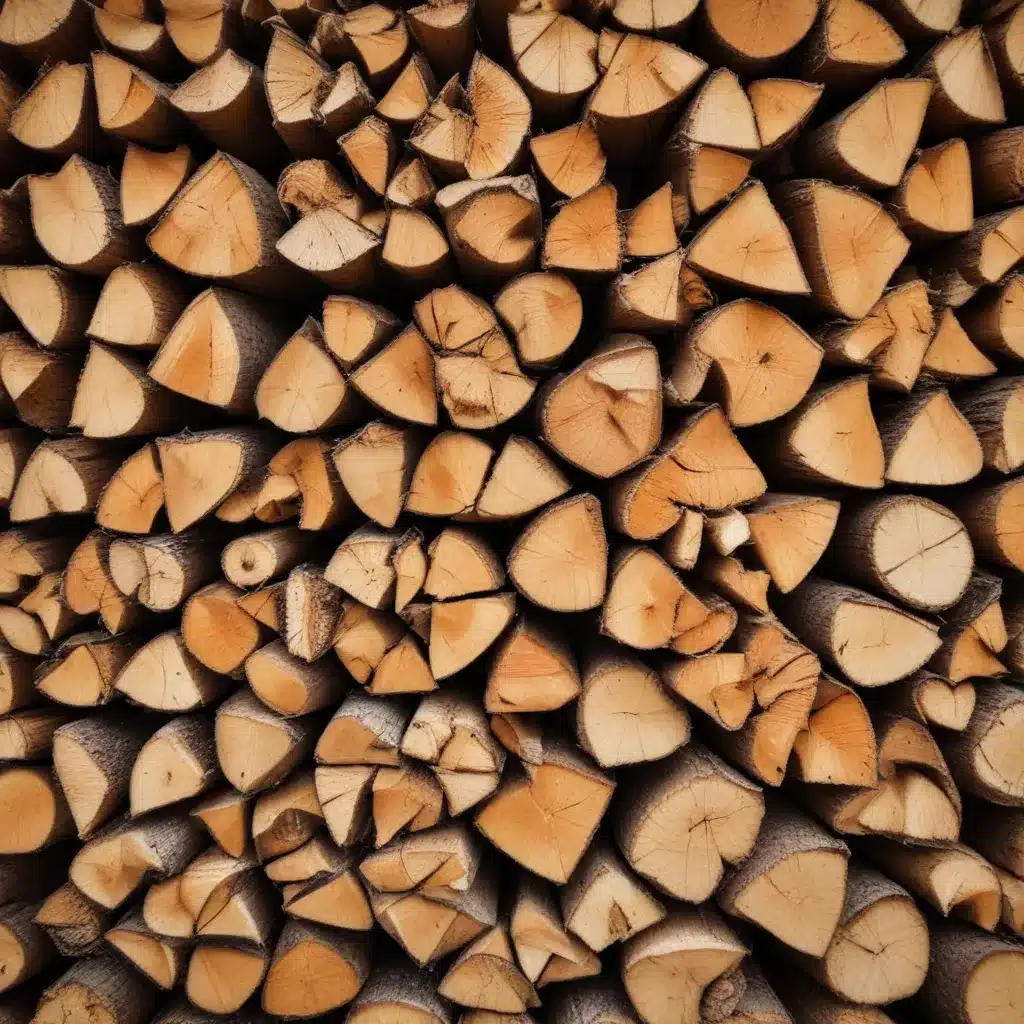
As a seasoned expert in wood stoves and heating solutions, I’m here to share practical tips and in-depth insights on how to get the most heat from your firewood. Choosing the right firewood is crucial for maintaining an efficient and sustainable heating system, whether you’re using a wood stove, fireplace, or any other wood-burning appliance.
Understanding Wood Characteristics
The key to maximizing the heat output from your firewood lies in understanding the different properties of wood species. Not all firewood is created equal, and the type of wood you choose can significantly impact the amount of heat you get, the burn time, and the overall efficiency of your heating system.
Density and Moisture Content
The density of the wood is a critical factor in determining its heating value. Hardwoods, such as oak, maple, and birch, tend to be denser and more compact than softwoods, like pine or fir. Denser woods generally contain more energy per unit of volume, resulting in a hotter and longer-lasting burn.
Moisture content is another important consideration. Freshly cut or “green” wood can have a moisture content of 60% or more, which means a significant portion of the energy produced during the burn is used to evaporate the excess water rather than generating heat. Properly seasoned firewood, with a moisture content of 20% or less, will burn more efficiently and provide more heat output.
Heating Value and BTU Content
The heating value of firewood is often measured in British Thermal Units (BTUs) per cord. Hardwoods, such as oak, maple, and birch, typically have a higher BTU content than softwoods, making them a more efficient choice for heating. However, it’s important to note that the actual BTU content can vary depending on the specific species, moisture content, and other factors.
To get the most heat from your wood, it’s generally recommended to choose a dense, hardwood species with low moisture content. Oak, maple, and birch are all excellent options that can provide a long-lasting, high-heat burn.
Sourcing and Preparing Firewood
Obtaining the right firewood is only half the battle; properly preparing and storing it is equally important for maximizing its heating potential.
Sourcing Firewood
If you don’t have access to your own wood supply, consider reaching out to local firewood suppliers or tree service companies. These sources can often provide seasoned, high-quality firewood at a reasonable cost. When sourcing firewood, be sure to inquire about the species, moisture content, and any processing (such as splitting or seasoning) that has been done.
Splitting and Seasoning
Properly splitting and seasoning your firewood is crucial for achieving optimal moisture content and burn efficiency. Aim to split your wood into pieces that are approximately 4-6 inches in diameter, as this size will provide the best airflow and combustion within your wood stove or fireplace.
The seasoning process can take anywhere from 6 months to 2 years, depending on the species and the local climate. During this time, the wood should be stacked in a dry, well-ventilated area, with the ends exposed to air circulation. Covering the top of the stack with a tarp or plywood can help protect the wood from rain and snow while still allowing airflow.
Stacking Techniques
The way you stack your firewood can also impact its drying and burning efficiency. Use a crib-style stacking method, where the wood is arranged in a criss-cross pattern, to allow for maximum air circulation. Elevating the stack off the ground, such as by using pallets, can further improve air flow and prevent moisture absorption from the soil.
Maximizing Efficiency and Safety
Once you have your seasoned, high-quality firewood, it’s important to use it in the most efficient and safe manner possible.
Burn Techniques
When loading your wood stove or fireplace, arrange the pieces in a way that allows for optimal air flow and combustion. Avoid overpacking the firebox, as this can restrict airflow and lead to incomplete burning. Instead, aim for a well-spaced arrangement that allows for a steady, controlled burn.
Maintenance and Safety
Regular maintenance of your wood-burning appliance is crucial for maintaining efficiency and safety. Clean the chimney and flue regularly to prevent the buildup of creosote, which can increase the risk of chimney fires. Inspect the seals and gaskets on your wood stove, and replace them as needed to ensure a tight seal and proper airflow.
Always prioritize safety when using a wood-burning appliance. Ensure that your home has working smoke and carbon monoxide detectors, and follow all manufacturer recommendations for safe operation and maintenance.
Exploring Sustainable Heating Alternatives
While wood stoves and fireplaces can be an efficient and cost-effective heating solution, it’s important to consider the environmental impact of burning wood. For homeowners looking to reduce their carbon footprint, there are several sustainable heating alternatives worth exploring.
Heat Pumps
Heat pumps are an increasingly popular and energy-efficient option for home heating. These systems use electricity to move heat from the outside air (or ground) into your home, providing warmth without the need for direct combustion. While heat pumps may not be as effective in extreme cold temperatures, they can be a highly efficient and eco-friendly choice for many homeowners.
Pellet Stoves
Pellet stoves are another sustainable heating option that utilize compressed wood or biomass pellets as fuel. These stoves are designed to be more efficient and cleaner-burning than traditional wood stoves, making them a more environmentally friendly choice. Pellet stoves can provide a convenient and consistent heat source with minimal maintenance required.
Ultimately, the choice of heating solution will depend on your specific needs, budget, and environmental considerations. By carefully evaluating the options and understanding the characteristics of different fuel sources, you can make an informed decision that meets your heating requirements while minimizing your impact on the environment.
Remember, the team at https://woodstoveheaters.com/ is always here to provide expert advice and guidance on wood stoves, fireplaces, and sustainable heating solutions. Don’t hesitate to reach out if you have any additional questions or need further assistance.


